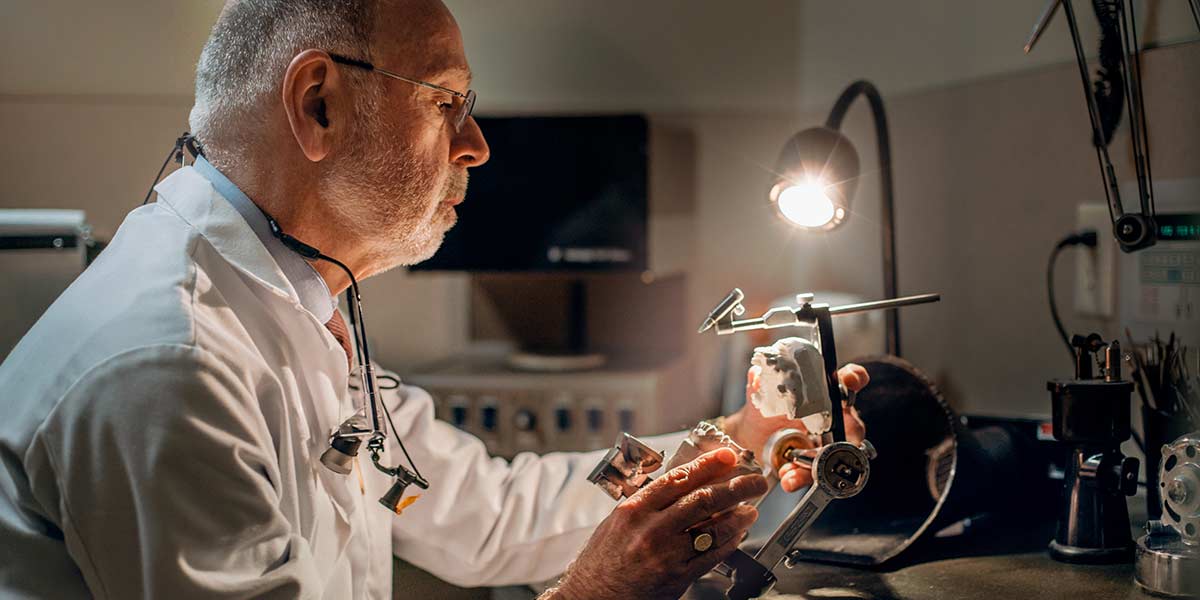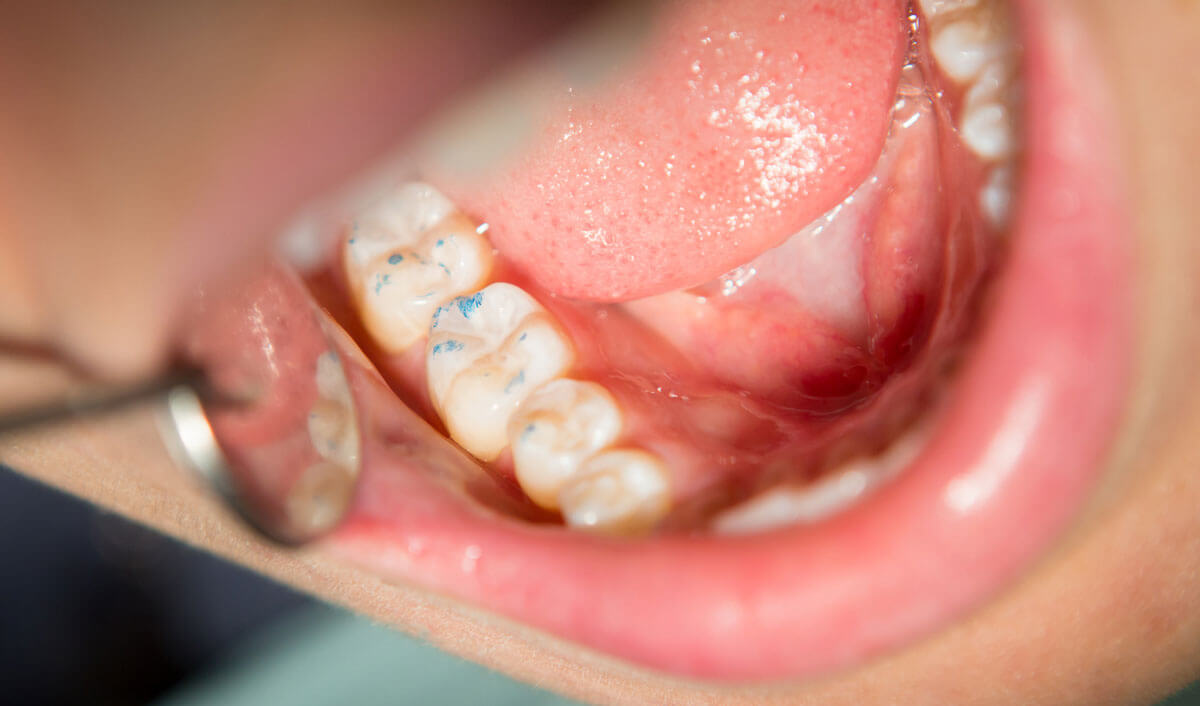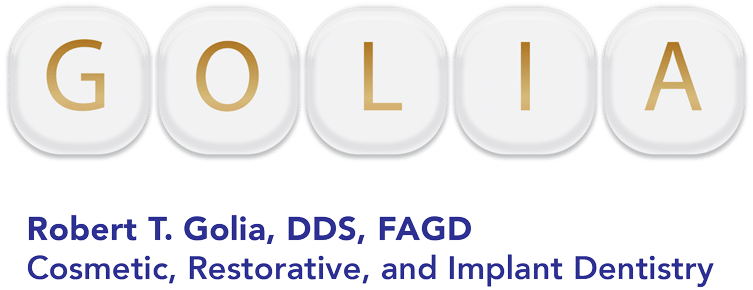Occlusal Analysis

Golia Dental provides occlusal bite analysis in Hamden, CT. Call 203-248-7400 to learn more and schedule an appointment.
Occlusal analysis is a tried and true technique to analyze malocclusions (bad bites) and the damage that can ensue if no intervention is contemplated. Diagnostic models of patients teeth are mounted three dimensionally on an articulator, which is a machine that represents the patients head. The bite registration taken captures a specific position of the temporal mandibular joints (TMJ). After verification that the mounting is accurate, I am able to analyze the bite position and whether it coincides with the position of the joints as well as how the teeth contact when moving side to side. By working out what adjustments are needed to produce a harmonious and function bite on diagnostic models, I can take the knowledge and produce wonderful results with patients.
Indicators that adjustment may be needed:
- Tooth Movement
- Change in Bite
- Grinding or Clenching Teeth
- Muscle pain
- Headaches Near the Eye or Jaw Area
- Tooth Sensitivity to Chewing, Heat and Cold

Occlusal Adjustment Techniques – Diagnosis and Treatment
Even distribution of force during biting is an important aspect of oral health. If there are misalignments of the teeth affecting the bite, loose teeth, tight muscles and headaches, and tooth sensitivity or even teeth chipping can result. Significant malocclusions demand analysis prior to adjustments. Less complicated malocclusions can be checked through a number of techniques. One of the most common techniques and tools used for diagnosis is the use of a marking film placed between the teeth while biting and moving the teeth as directed in order to understand how the teeth relate to one another during various common movements. The resulting variations in markings indicate the precise places where the force is too great. Adjustments can be made to the appropriate teeth in the exact location needed. The adjustments are made using a specialized dental instrument and the procedure is usually painless. As the muscles begin to relax, there will be changes to the bite over time. For this reason, a series of appointments are usually needed until the bite gradually adjusts and symptoms lessen or disappear altogether.
Treatments Sometimes Used in Conjunction with an Occlusal Adjustment:
Anterior Deprogrammer – Very small appliance that is placed over the front teeth only. This appliance disoccludes the posterior teeth for 24-48 hours to quickly eliminate muscle spasm. Long term wearing of anterior deprogrammers can result in super eruption of the posterior teeth.
Night Guard – Night guard appliances usually follow deprogrammers and allow further progress on muscle relaxations. Nightguard appliances are the first step in treating less significant symptoms.
Splinting – This is a temporary solution that can help stabilize loosened teeth by securing them to neighboring teeth through the use of a Kevlar material called Ribbond to form a splint.
Medication – Anti-inflammatory medications or muscle relaxers may provide some relief for tight jaw muscles.
Call 203-248-7400 to schedule an appointment.
